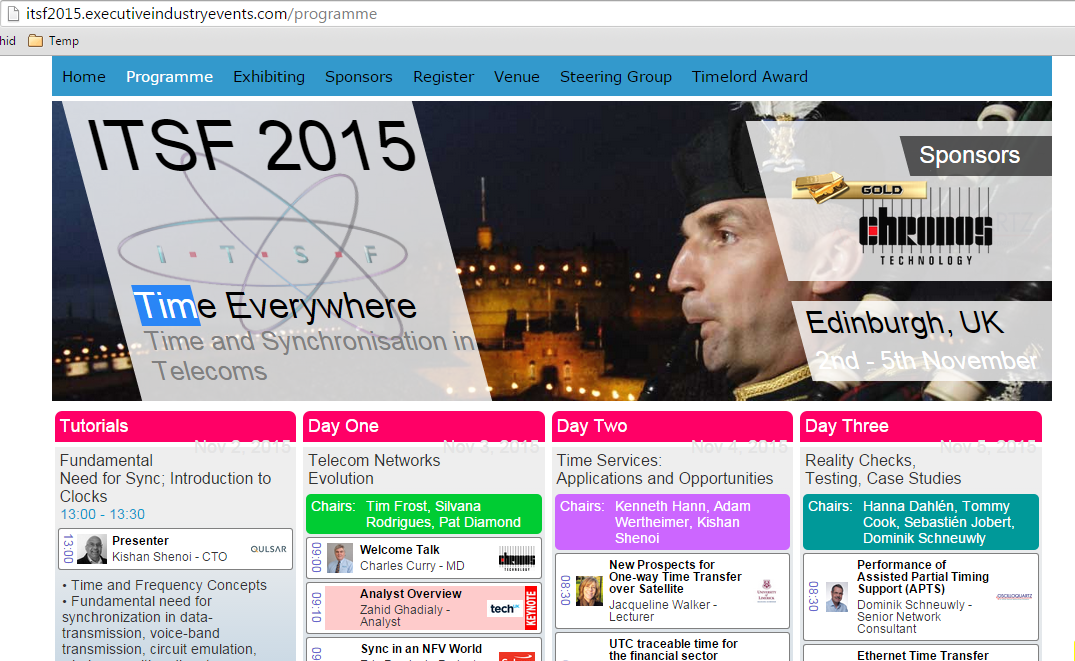There was an interesting discussion on different roaming scenarios in the LTE Voice Summit on 29th, 30th Sep. in London. The above picture provides a brief summary of these well known options. I have blogged about LBO/RAVEL here and S8HR here. A presentation by NTT Docomo in a GSMA webinar here provides more details on these architectures (slide 29 onwards - though it is more biased towards S8HR).
Ajay Joseph, CTO, iBasis gave an interesting presentation that highlighted the problems present in both these approaches.
In case of LBO, the biggest issue is that the home operator need to do a testing with each roaming partner to make sure VoLTE roaming works smoothly. This will be time consuming and expensive.
In case of S8HR, he provided a very good example. Imagine a VoLTE subscriber from USA is visiting Singapore. He now needs to make a phone call to someone in Indonesia (which is just next to Singapore). The flow of data would be all the way from Singapore to USA to Indonesia and back. This can introduce delays and impact QoE. The obvious advantage of S8HR is that since the call setup and media go to Home PMN (Public Mobile Network), no additional testing with the Visited PMN is required. The testing time is small and rollouts are quicker.
iBasis are proposing a solution called Hub Breakout (HBO) which would offer the best of LBO and S8HR. Each VoLTE operator would need to test their interoperability only with iBasis. Emergency calls and lawful intercept that does not work with S8HR would work with the HBO solution.
While I agree that this is a good solution, I am sure that many operators would not use this solution and there may be other solutions proposed in due course as well. Reminds me of this XKCD cartoon:

Anyway, here is the iBasis presentation:
Ajay Joseph, CTO, iBasis gave an interesting presentation that highlighted the problems present in both these approaches.
In case of LBO, the biggest issue is that the home operator need to do a testing with each roaming partner to make sure VoLTE roaming works smoothly. This will be time consuming and expensive.
In case of S8HR, he provided a very good example. Imagine a VoLTE subscriber from USA is visiting Singapore. He now needs to make a phone call to someone in Indonesia (which is just next to Singapore). The flow of data would be all the way from Singapore to USA to Indonesia and back. This can introduce delays and impact QoE. The obvious advantage of S8HR is that since the call setup and media go to Home PMN (Public Mobile Network), no additional testing with the Visited PMN is required. The testing time is small and rollouts are quicker.
iBasis are proposing a solution called Hub Breakout (HBO) which would offer the best of LBO and S8HR. Each VoLTE operator would need to test their interoperability only with iBasis. Emergency calls and lawful intercept that does not work with S8HR would work with the HBO solution.
While I agree that this is a good solution, I am sure that many operators would not use this solution and there may be other solutions proposed in due course as well. Reminds me of this XKCD cartoon:

Anyway, here is the iBasis presentation:






















